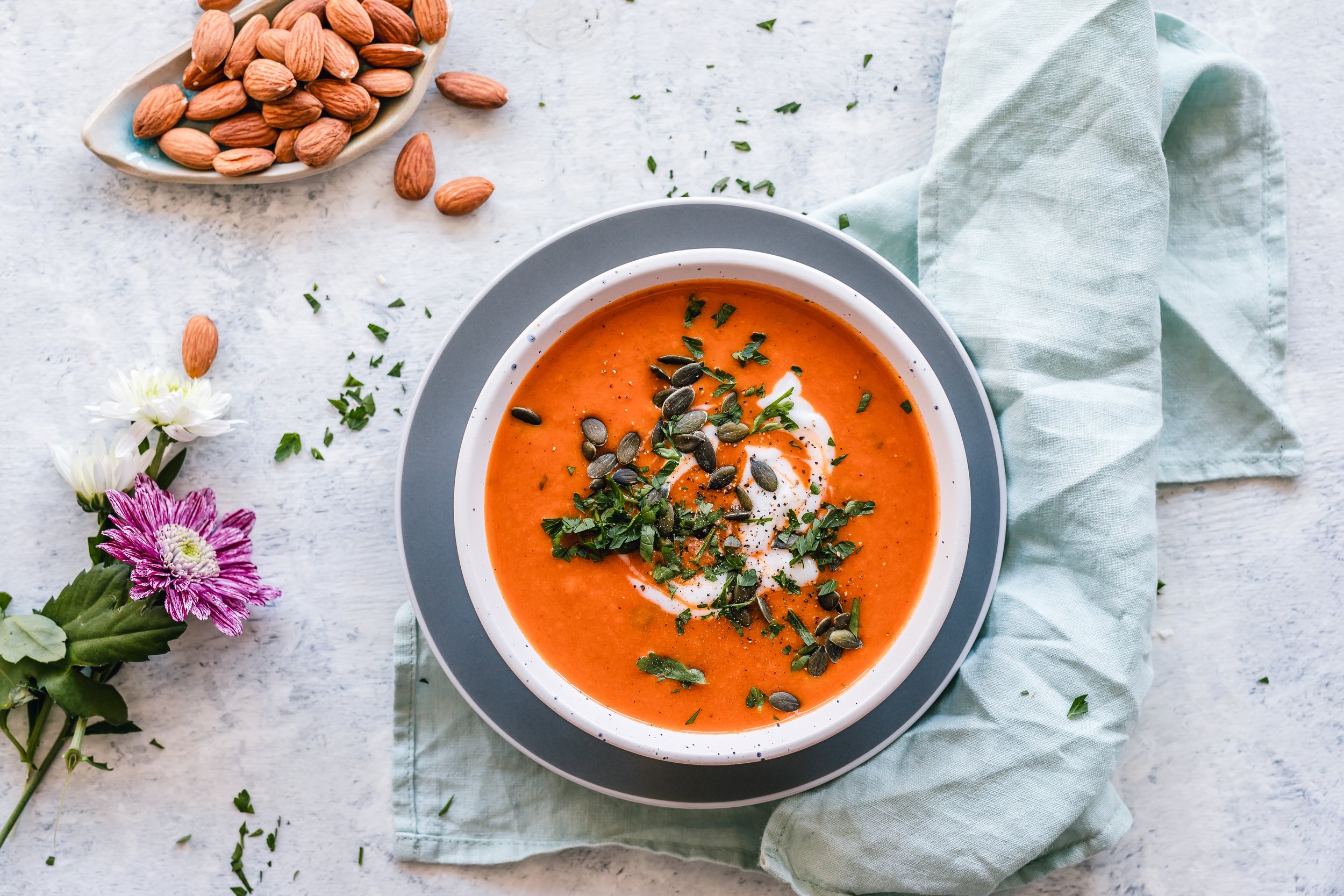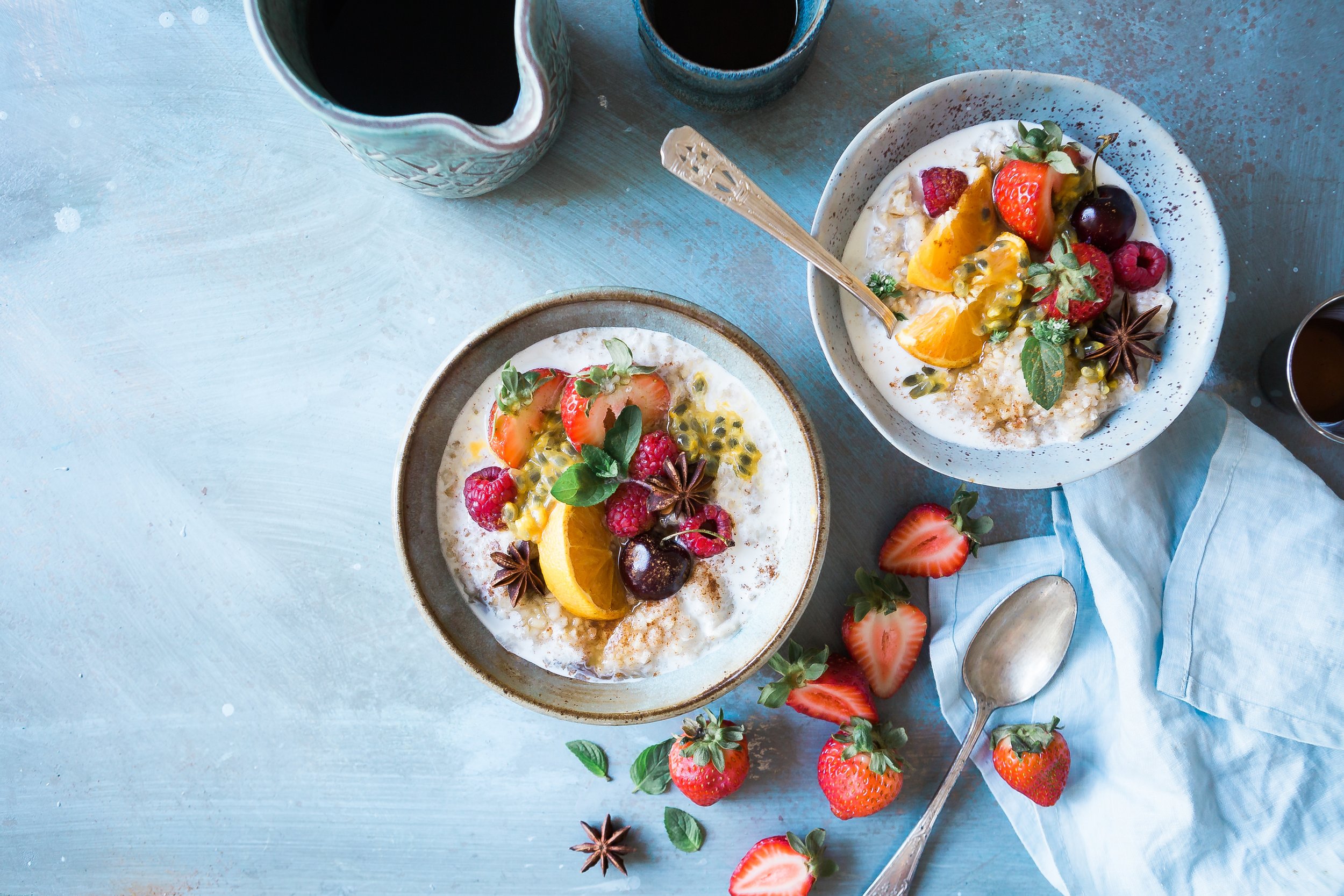Balancing Hormones with Seed Cycling
So what’s the deal with seed cycling? How can such a simple practice really have an impact on our hormones? How do you do it? Will it help me?
These are just a few of the questions that I wanted to answer in today’s blog post as seed cycling for hormonal balance is a severely underused tool and any woman with hormonal imbalance, and the whole host of issues that come as a result of it, should be privy to it.
Hormonal imbalance can cause numerous problems in the body including irregular, heavy or painful periods, bloating, mood swings, energy slumps, headaches, fibroids, endometriosis, Polycycstic Ovary Syndrome, weight gain, cellulite, sleep issues and many more.
The premise behind seed cycling is that certain seeds contain dietary components which assist in the production and metabolism of hormones. The aim is to support oestrogen production in the follicular phase of your cycle and progesterone production in the luteal phase of your cycle. The follicular phase of your cycle is the first half of your cycle starting from day 1 of your period up until ovulation. The luteal phase of your cycle is the second half of your cycle and runs from ovulation up until your next period. Based on the average menstrual cycle of 28 days, this means day 1-14 (follicular phase) and day 14-28 (luteal phase).
Being in tune with your menstrual cycle is a key part of happy, balanced hormones and if you are not already tracking your cycle then I urge you to start doing this. Not only can this help with a protocol to target your imbalances but it also provides incredibly useful insights into when certain symptoms are affecting you and often paints a really clear picture of what is going on hormonally. You will then know how long YOUR average cycle is and also when you ovulate.
The seeds used in seed cycling (flax, pumpkin, sesame and sunflower) contain nutrients which have been proven to promote hormonal health including omega-3 and 6 fatty acids, zinc, selenium and vitamin E. Vitamin E and omega-3 and 6 fatty acids are essential for hormone production and cell receptivity, zinc improves the formation of the corpus luteum and therefore supports progesterone levels in the second half of your cycle and selenium aids liver detoxification of excess hormones. Flaxseeds and sesame seeds also contain lignans which help block excess oestrogen. Flaxseeds have also been shown to lengthen the luteal phase of the cycle which is important as short luteal phases can be a cause of infertility.
So how do you it?
Follicular Phase (Day 1-14 in your average cycle or from day 1 of your period up to ovulation)
1 tbsp freshly ground pumpkin seeds
1 tbsp freshly ground flax seeds
Luteal Phase (Day 14-28 in your average cycle or from ovulation until the first day of your period)
1 tbsp freshly ground sesame seeds
1 tbsp freshly ground sunflower seeds
Grinding the seeds makes them easier to digest and the nutrients more bio-available. You do however want to make sure you are grinding them fresh each day as the oils can quickly go rancid. A good spice grinder is the perfect tool for grinding your seeds and is a worthwhile investment if you don’t already have one. Buy your seeds whole and store in glass containers in a cool dark place or in the fridge.
The seeds are easy to incorporate into your meals - add them to your morning smoothie or porridge, add them to sauces or simply sprinkle them on your salads or over your main meals. Women usually see results after a couple of cycles but it can be sooner. Considering the impressive nutritional status of seeds and the fact that seed cycling is easy, cheap and non-invasive - why not give it a try?
Are you already seed cycling? What benefits have you experienced? Do you have more questions? Get in touch.
With love x
Follow me on Instagram @thefifthelementnutrition











